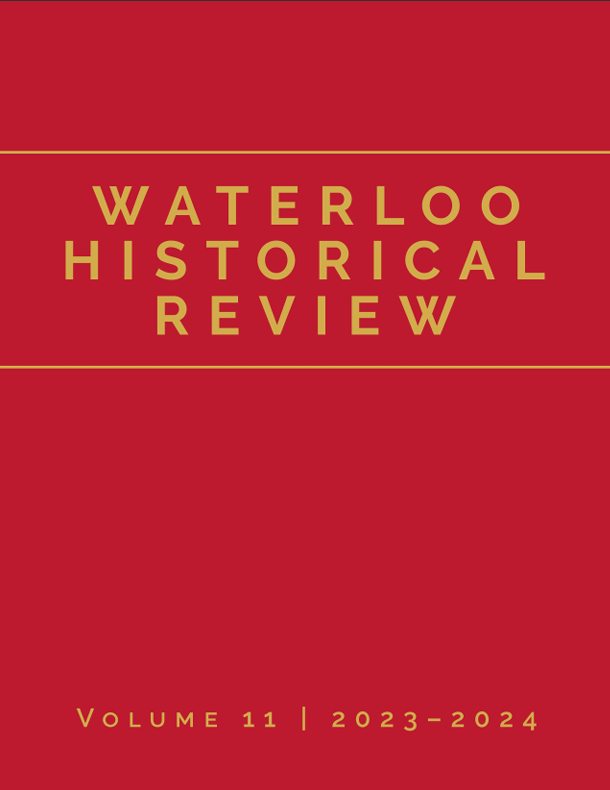Environmental Context of Watermills in Medieval Sussex: Natural and Social Contexts
DOI:
https://doi.org/10.15353/whr.v11.6416Abstract
Agriculturalists have taken advantage of the massive stores of nutrients found within these cereal grains and, while hunter–gatherers and nomads would harvest wild cereals with tough shells and standard nutritional packages, agricultural societies constructed technologies that ranged in sophistication from simple mortar–and–pestles and hand mills to complex windmills with rotating turrets and steam– and fuel–powered mills from the Industrial Revolution, all process increasing amounts of cereals to access the necessary nutrients found within.1 One mill, in particular, rose to prominence in the earlier medieval period as its prevalence, popularity, efficiency, and accessibility made it a popular technology in medieval Europe and Britain: the watermill. With its genesis dating back to around 200 BCE, the watermill has become a focus of study for scholars over the past century as its importance in economies and societies attracted the scholar’s attention.2 The research produced on the topic of the watermill evolved steadily throughout the past century, yet scholars primarily focus on the economic significance of the structure, while sidelining the environmental context and importance of these structures.
Downloads
Published
Issue
Section
License
Copyright (c) 2025 John Loudfoot

This work is licensed under a Creative Commons Attribution 4.0 International License.

